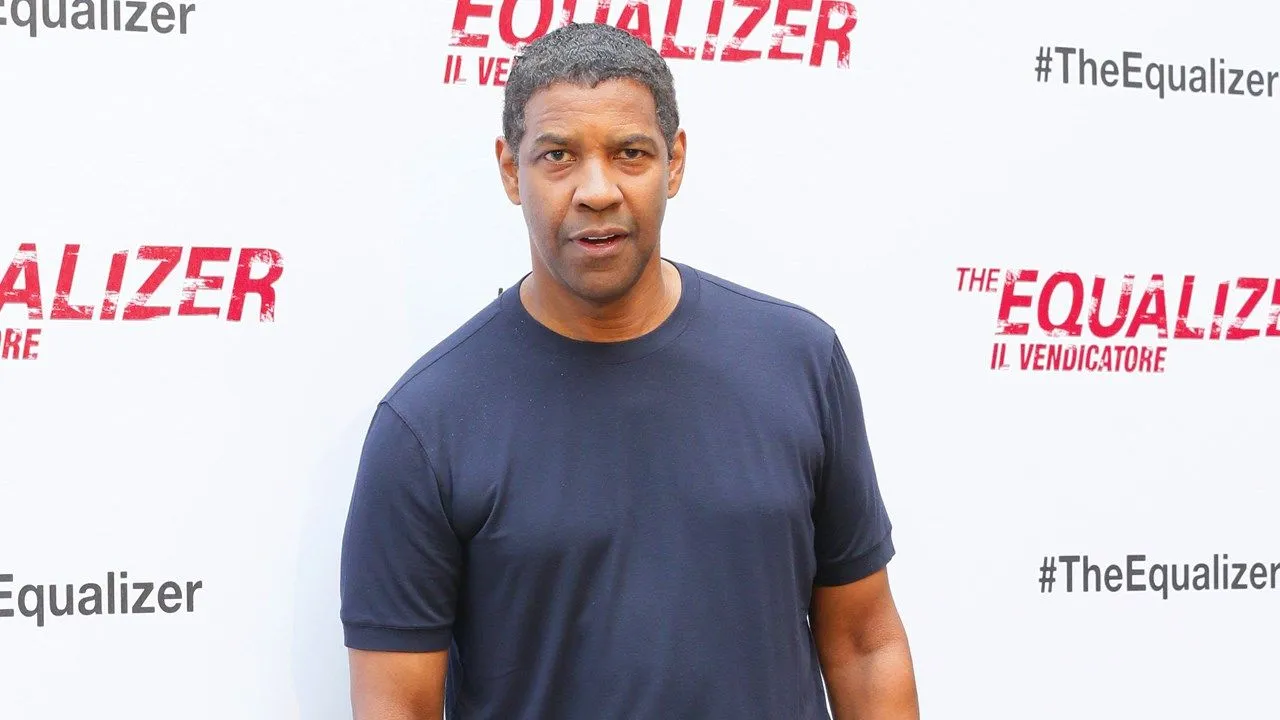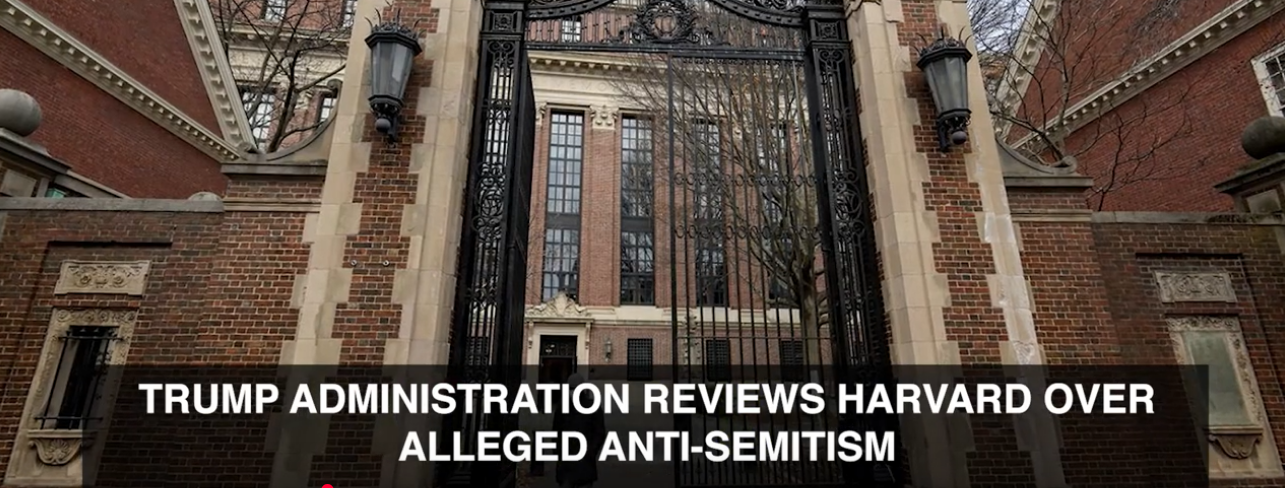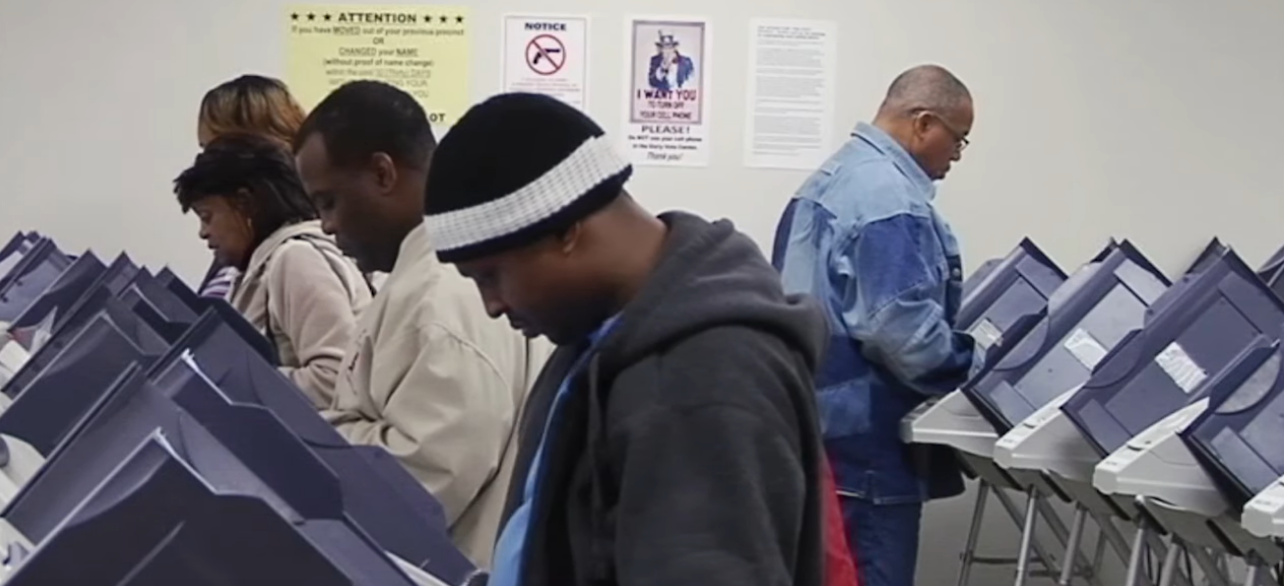Eric Holder
On the one-year anniversary of the Supreme Court decision that struck down a key part of the Voting Rights Act, Attorney General Eric Holder pledged Wednesday that the Justice Department would remain aggressive in using Section 2 of the law—which was left intact by the Court’s decision—to guard against unjust voting restrictions.
Section 2, which prohibits barriers to voting that disadvantage minority groups, provided the basis for the department’s lawsuits last year against voting laws in North Carolina and Texas. It also formed the basis for a recent challenge to a voter ID statue in Wisconsin. In April, a federal district court sided with the plaintiffs in that case, declaring that the Wisconsin law violated both the equal protection clause of the Constitution and Section 2 of the Voting Rights Act.
The Wisconsin law erected significant barriers to equal access without serving any legitimate government interest.
It’s clear that discriminatory voting laws, rules, and regulations are not confined to any particular region. And thanks to Section 2 of the Voting Rights Act, neither are our enforcement efforts,” he added.
One year ago today, in the case of Shelby County, a narrowly split but deeply divided U.S. Supreme Court struck down a key part of the historic Voting Rights Act of 1965.
This was a deeply flawed decision – and it effectively invalidated a cornerstone of American civil rights law.
In the nearly five decades leading up to that ruling, a critical provision of the Voting Rights Act known as Section 5 – which enjoyed consistent support from Members of Congress and presidents of both parties – provided the Justice Department with a rigorous tool to fight unjust attempts to abridge voting rights.
It required certain jurisdictions with histories of discrimination to seek “preclearance,” from the Department or a federal court, before new voting changes could take effect – so these proposals could be subjected to fair and thorough review.
This empowered the Justice Department to protect the right of every American to cast a ballot – unencumbered by discriminatory rules, regulations, and procedures that, intentionally or not, discourage and disenfranchise.
Indeed, not long before the Shelby County decision, a federal judge considering the Department’s objection to South Carolina’s voter ID law noted the “continuing utility” of preclearance “in deterring problematic, and hence encouraging non-discriminatory, changes in state and local voting laws.”
When the Shelby decision effectively denied us this tool, the Department’s Civil Rights Division shifted resources to the enforcement of other protections that remain on the books – including Section 2 of the Voting Rights Act, which prohibits barriers to voting that disadvantage minority groups.
During the past year, we filed Section 2 challenges to specific laws in North Carolina and Texas that could disproportionately restrict access to the ballot box for minority citizens.
Section 2 also provides a valuable tool to individual voters who seek to protect their voting rights.
In April, a federal district court in Wisconsin ruled that Wisconsin’s unnecessarily restrictive voter-ID law, which disproportionately impacted the state’s African-American and Latino voters, violated both the equal protection clause of the Constitution and Section 2 of the Voting Rights Act.
The Wisconsin law erected significant barriers to equal access without serving any legitimate government interest – because, as the judge found, and I quote, “The defendants could not point to a single instance of known voter impersonation occurring in Wisconsin at any time in the recent past.”
By restricting access and decreasing voter participation, laws such as those in Wisconsin would shrink – rather than expand – access to the franchise.
This is inconsistent not only with our history, but with our ideals as a nation – a nation founded on the principle that all citizens are entitled to equal opportunity, equal representation, and equal rights.
And that’s why, across this country, the Department of Justice will continue to take aggressive steps to stand against disenfranchisement wherever it exists – and in whatever form.
It’s clear that discriminatory voting laws, rules, and regulations are not confined to any particular region. And thanks to Section 2 of the Voting Rights Act, neither are our enforcement efforts.
We will not simply stand by as the voices of many citizens are shut out of the process of self-governance.
And in the days ahead, we will continue to work with Congressional leaders to fill the void left by the Supreme Court’s ruling – and use every available tool to safeguard the most basic right of American citizenship.







